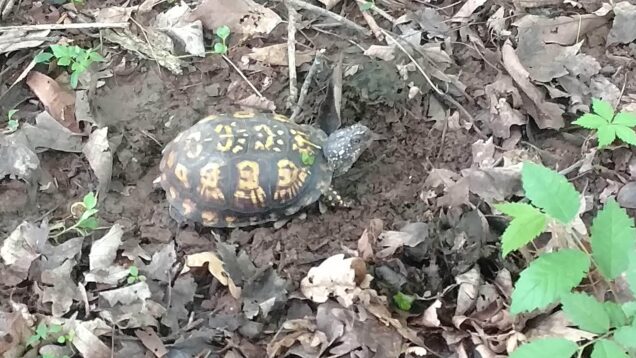Identifying deciduous trees and shrubs in winter can be a difficult task. After the leaves have fallen, what is left to help you determine what species you are observing?

Believe it or not, there are several parts of the tree or shrub that can be used to help you identify your unknown.
The buds, leaf scars, and bark are all useful to get to genus or species, but before you look at these parts, check out the leaf and branch orientation. Leaves and branching can generally be arranged in one of three ways: opposite, alternate, or whorled. I use the word “generally” because occasionally a tree or shrub can have subopposite leaves or branching, which means that the leaves or branches are slightly offset from being truly opposite.
When two leaves or branches originate from the same location on the stem, and as a result are located opposite of each other, they are considered opposite. If each leaf or branch originates from a point on the stem without another leaf or branch mirroring it, such that the leaves or branches are staggered along the stem, they are said to be alternate. If three or more leaves or branches originate from the same location on the stem, they are said to be whorled.
If you are looking at an unknown tree or shrub and can determine the arrangement of the leaves or branches, you’ve already narrowed down the possibilities. How is this possible?
Just remember “a madcap bucking horse.”



